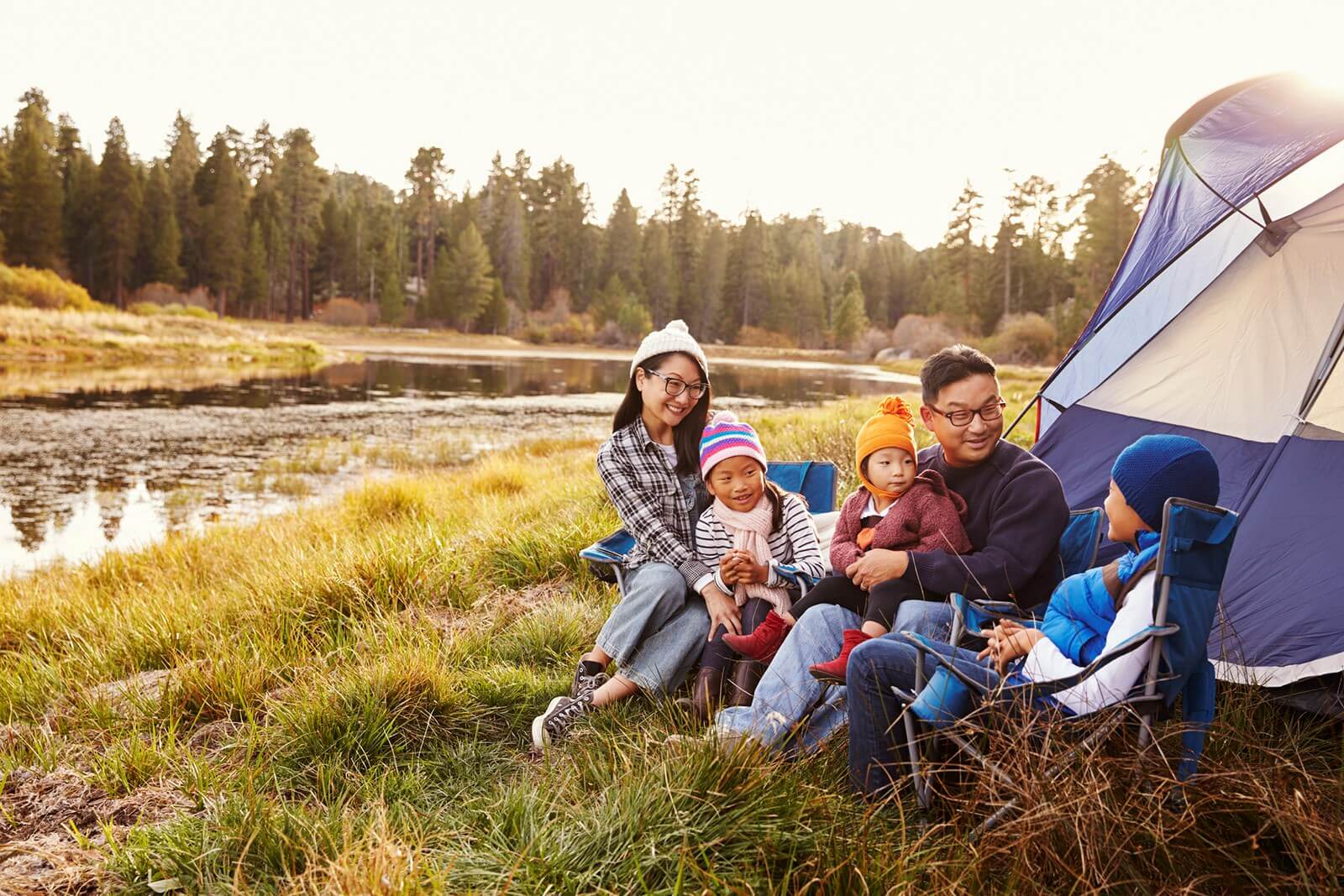About to head off to the great outdoors? Besides packing up your tent, tools, and various sets of cooking ware, you’ll also need to be mindful of the clothes in your pack.
The right clothing is an essential component for any camper’s backpack. You don’t want to have too much of it as it may cause excess weight in your load, but you definitely don’t want to skimp out on bringing along a few key garments either.
If you’re planning a camping expedition soon, it’s best to be prepared and properly protected from the elements. If you skip out on this oft-overlooked detail, you could potentially suck the enjoyment out of your trip as you spend more time worrying about the weather and external factors rather than living in the moment.
Without further ado, here are six pieces of apparel you should consider bringing on your next camping trip.
1) Wear Dri-Fit Clothes
Dri-fit clothing is essential in more ways than one.
Its breezy, breathable material allows your sweat to evaporate quickly, keeping your body temperature low and allowing you to stay relatively dry throughout the hike. Its waterproof features can also protect you against rainfall and splashes of water on your body.
While the treetop canopies can provide some semblance of shelter against unexpected rainfall, it definitely doesn’t protect you against it entirely. Plus, it’s never a guarantee that you’ll be hiking or trekking in a place with shade in the first place.
As such, be sure to pack some appropriate moisture-wicking clothes in your pack—or even wear them directly. This can make your trip a whole lot more comfortable, no matter if you’re hiking in the middle of summer or during the cooler spring or fall months.
2) Wide-Brimmed Hat
A wide-brimmed hat is essential for protecting you against the sun, specifically for your face and neck. It’s a must-have when hiking or camping in places with little to no shade.
This type of headwear can lessen the exposure of your skin to the sun’s vicious UV rays, which can be incredibly potent when you choose to go on camping trips in the warmer months.
Alternatively, you can also opt for caps if your camping area is wetter than usual as they can help keep water from dripping onto your face. Some hats offer better craftsmanship and value than others, so be sure to opt for brands with a focus on quality and sustainability when shopping around.
That said, wearing SPF 50+ sunscreen is still a must even with a hat. This way, you won’t unduly expose your delicate skin to the sun, causing sunburns or even potential long-term skin damage like skin cancer.
3) Compression Arm and Leg Sleeves
Camping in the wilderness doesn’t just expose you to the elements. It also exposes you to insects and critters that may find refuge in your skin.
To prevent yourself from harboring these creatures, it’s a good idea to wear tight-fitted sleeves to protect your body from these creatures. This applies to both legs and arms.
Mosquitoes, leeches, and cockroaches are just a few of the insect species that may crawl or suck on your skin, and these insects can carry parasites and bacteria that may lead to bad health outcomes.
To minimize such a risk, having layered protection against that is vital. That said, it’s also a good idea to spray or rub some insect repellent on your skin, particularly the exposed regions.
4) Rain Jacket
While water and sweat-wicking material can be good against rain, it’s not the best permanent solution to stay dry. You’ll want something that’s dedicated to keeping you dry during torrential rain, and a rain jacket is one such item.
A poncho or rain jacket is a handy camping companion that every camper should have in their backpack, especially if they’re planning to camp during the rainy season. But even if the weather forecast says it’ll be sunny during your trip, it’s always best to be prepared and bring one along anyway.
This apparel doesn’t have to be too packed with pockets or extra frills, either. As long as the rain jacket can keep you dry against downpours, it’s pretty much set. Besides a rain jacket, it’s also a good idea to bring a cover for your hiking pack so that its contents will stay dry.
5) Hiking Shoes or Boots
Wearing sneakers or trainers when camping can work if the camping ground is, say, a five-minute walk away from a parking lot.
However, if you’re going on a hiking trip and are expecting to cover many kilometers of unpaved trails, it’s a must to wear hiking shoes or boots.
The reason why you’d want these shoes is that they’re specially designed to stabilize your feet when stepping on all types of terrain. They’re engineered for durability, balance, and foot protection.
Good hiking shoes are also water-proof and can withstand being submerged in rivers if the situation calls for it.
Conversely, exposing your everyday sneakers to a rocky or muddy trail can leave them more prone to wear and tear over time. It can also leave you more susceptible to injuries, like a sprained ankle.
And it goes without saying that being knee-deep in your road trip only to find your shoes falling apart midway is a terrible thing to experience.
6) Quick-Drying Hiking Pants
An alternative to leg sleeves is water-wicking, quality hiking pants.
These dedicated pants differ from normal pants in that they can stretch and provide a better range of motion with their flexible material. The material used to make most hiking pants is also resistant to mud and rocks, making it a fairly durable option. It’s also designed to dry quickly when it comes in contact with water.
On top of that, these hiking pants tend to have a lot of pockets, enabling you to store items like a phone, keys, or even snacks without having to move around to access your backpack.

